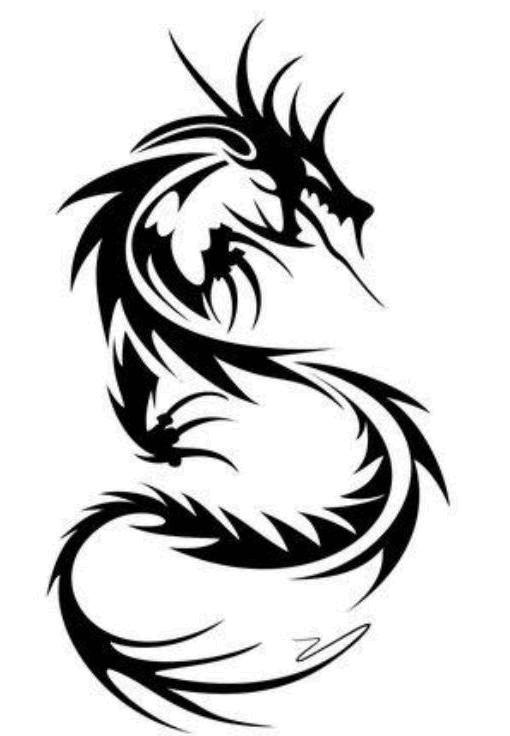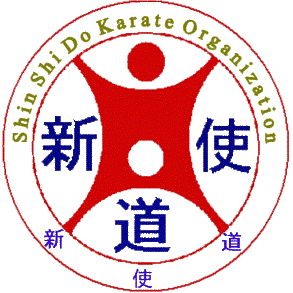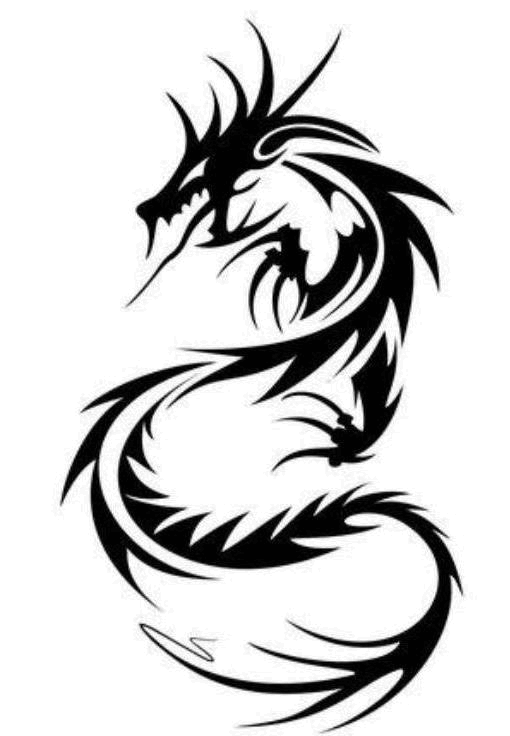|
Dojo-arrange |
|
1. Punctual appearance to instruction is natural. (who comes too late, other one directs politeness from training – starting from danger of injury for others +)
2. Each pupil, who comes too late, goes at the entrance into the knee seat (Seiza+maksu) and waits for the request of the training supervisor to participate in instruction. (who runs without being asked by the Dojo, goes by the techniques of the others in danger)
3. Each participant carries a clean, normal karate suit (Gi), which should sit before entering the Dojo correctly. (who makes itself only in the Dojo by right, diversion becomes danger of injury) of the happening
4. During instruction carrying decoration and clocks, as well as chewing chewing rubbers does not permit. (danger of injury for itself and the partner + danger of suffocation by swallowing the chewing rubber)
5. Foot and fingernails must be short and carry in such a way hair that they do not disturb during instruction. Hands and feet must be freshly washed. The toilet is to be visited before instruction. (hygiene must be considered by often times affecting of hands and feet of the often changing partners, a full blister and/or. intestine is injury susceptible with techniques to the abdominal cavity)
6. An interruption of instruction is permitted only with permission of the training supervisor. (aspect of the politeness considering explanation concerning 2.)
7. The Geraduierung and their sequence with the list are to be considered independently. (the more highly the degree, the further away of the input area) (sent with encroachments of other combat schools in old China by this order first the beginners into the fight, there the loss of high pupils and masters the from for the school meant)
8. The struggle-higher pupils (Sempai) strive to help the struggle-lower pupils (kohai) with their training. By their exemplary behavior, they show that they carry their higher degree rightfully. (understanding the of carats – DO expresses itself particularly in handling other humans)
9. The bow when entering resounds (Dojo) shows that the Karateka from now on pursues the happening in the Dojo with highest attention (Sanshin). When leaving the Dojo from gratitude for attained realization bows itself. (like a Torero in the arena one may not be concerned starting from this moment no more with matters of minor importance, because my Sanshin is my attitude to the fight)
10. The health of our training partner is highest requirement. If thanks mean to be allowed to train with it I express with my behavior opposite it. The bow is an exterior indication of the attention. (without partners we would have no possibility of trying out techniques, therefore we behave in such a way that the joy in training and so the partner all remain) 11. Each Karateka has itself to hold back in the public in such a way that it does not cause to the reputation carats damage. |



